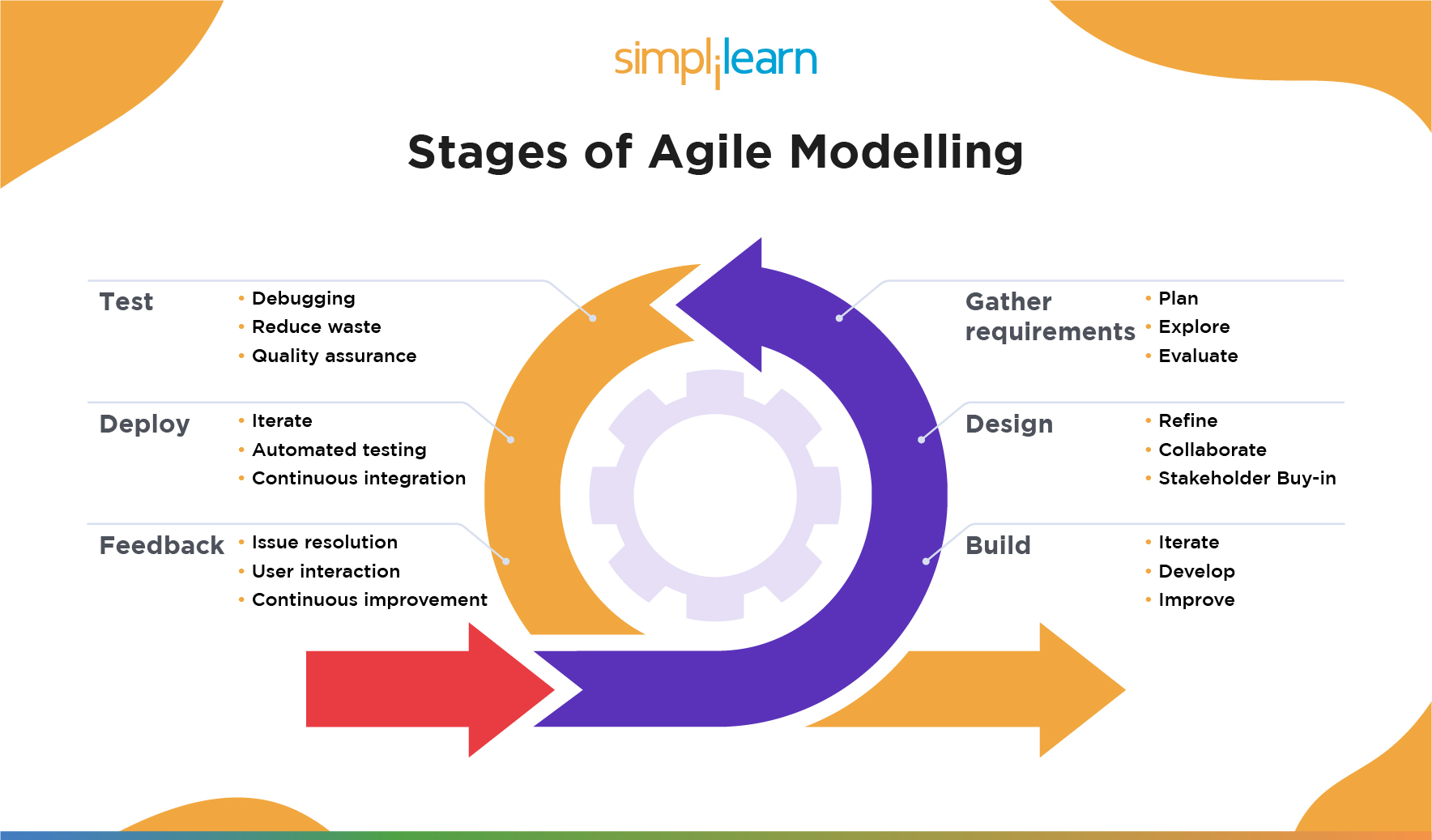The Impact of Agile Design on Modern Product Advancement
페이지 정보
작성자 Jeanna Ibarra 작성일24-11-15 07:25 조회6회 댓글0건관련링크
본문
Introduction
Today's fast-paced market demands flexibility, and Agile Style goes to the center of producing user-centered, adaptable items. By combining active methods with a design-led mindset, Agile Layout urges teams to create products faster, optimize for quality, and adapt to individual requirements. Businesses seeking to stay affordable benefit dramatically from taking on Agile Layout principles.
Agile Style Explained
Agile Design incorporates agile methods with design reasoning. It leverages the agile growth framework's repetitive method, prioritizing quick feedback cycles and user-focused modifications. This structure allows layout and development teams to examine, adjust, and enhance their products effectively.
Core Aspects of Agile Style
Compassion for Users: An essential element of Agile Design is empathy, making certain that products deal with individuals' real needs. This state of mind drives the entire style procedure.
Prototyping and Evaluating: By creating fast prototypes, groups can swiftly verify ideas. Checking these models helps them make adjustments, which can decrease the probability of costly errors.
Joint Culture: Agile design process Style flourishes on a collective setting. Cross-functional teams, including developers, developers, and stakeholders, function with each other to make educated choices.
Adaptability: Agile Layout stresses the capacity to pivot and make changes as understandings from screening and user feedback come in.
Advantages of Using Agile Design
Agile Style speeds up growth timelines, allowing groups to rapidly launch variations that can be iterated upon. This procedure develops a faster path to individual comments, boosting the product's use and relevance.
Steps to Execute Agile Layout
To get going, bring all teams together from the project's beginning. Usage short layout sprints to concentrate on specific features, permitting fast prototyping and comments. This strategy will lead to a product that is not only practical yet likewise user-centric and top quality.
Today's hectic market demands versatility, and Agile Style is at the center of producing user-centered, adaptable items. By combining agile techniques with a design-led frame of mind, Agile Design motivates teams to produce items quicker, maximize for top quality, and adapt to user needs. Organizations looking for to remain affordable advantage considerably from embracing Agile Design principles.
 Agile Design incorporates dexterous practices with layout thinking.
Agile Design incorporates dexterous practices with layout thinking.
Today's fast-paced market demands flexibility, and Agile Style goes to the center of producing user-centered, adaptable items. By combining active methods with a design-led mindset, Agile Layout urges teams to create products faster, optimize for quality, and adapt to individual requirements. Businesses seeking to stay affordable benefit dramatically from taking on Agile Layout principles.
Agile Style Explained
Agile Design incorporates agile methods with design reasoning. It leverages the agile growth framework's repetitive method, prioritizing quick feedback cycles and user-focused modifications. This structure allows layout and development teams to examine, adjust, and enhance their products effectively.
Core Aspects of Agile Style
Compassion for Users: An essential element of Agile Design is empathy, making certain that products deal with individuals' real needs. This state of mind drives the entire style procedure.
Prototyping and Evaluating: By creating fast prototypes, groups can swiftly verify ideas. Checking these models helps them make adjustments, which can decrease the probability of costly errors.
Joint Culture: Agile design process Style flourishes on a collective setting. Cross-functional teams, including developers, developers, and stakeholders, function with each other to make educated choices.
Adaptability: Agile Layout stresses the capacity to pivot and make changes as understandings from screening and user feedback come in.
Advantages of Using Agile Design
Agile Style speeds up growth timelines, allowing groups to rapidly launch variations that can be iterated upon. This procedure develops a faster path to individual comments, boosting the product's use and relevance.
Steps to Execute Agile Layout
To get going, bring all teams together from the project's beginning. Usage short layout sprints to concentrate on specific features, permitting fast prototyping and comments. This strategy will lead to a product that is not only practical yet likewise user-centric and top quality.
Today's hectic market demands versatility, and Agile Style is at the center of producing user-centered, adaptable items. By combining agile techniques with a design-led frame of mind, Agile Design motivates teams to produce items quicker, maximize for top quality, and adapt to user needs. Organizations looking for to remain affordable advantage considerably from embracing Agile Design principles.
 Agile Design incorporates dexterous practices with layout thinking.
Agile Design incorporates dexterous practices with layout thinking.댓글목록
등록된 댓글이 없습니다.

